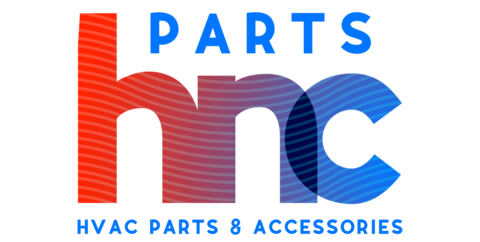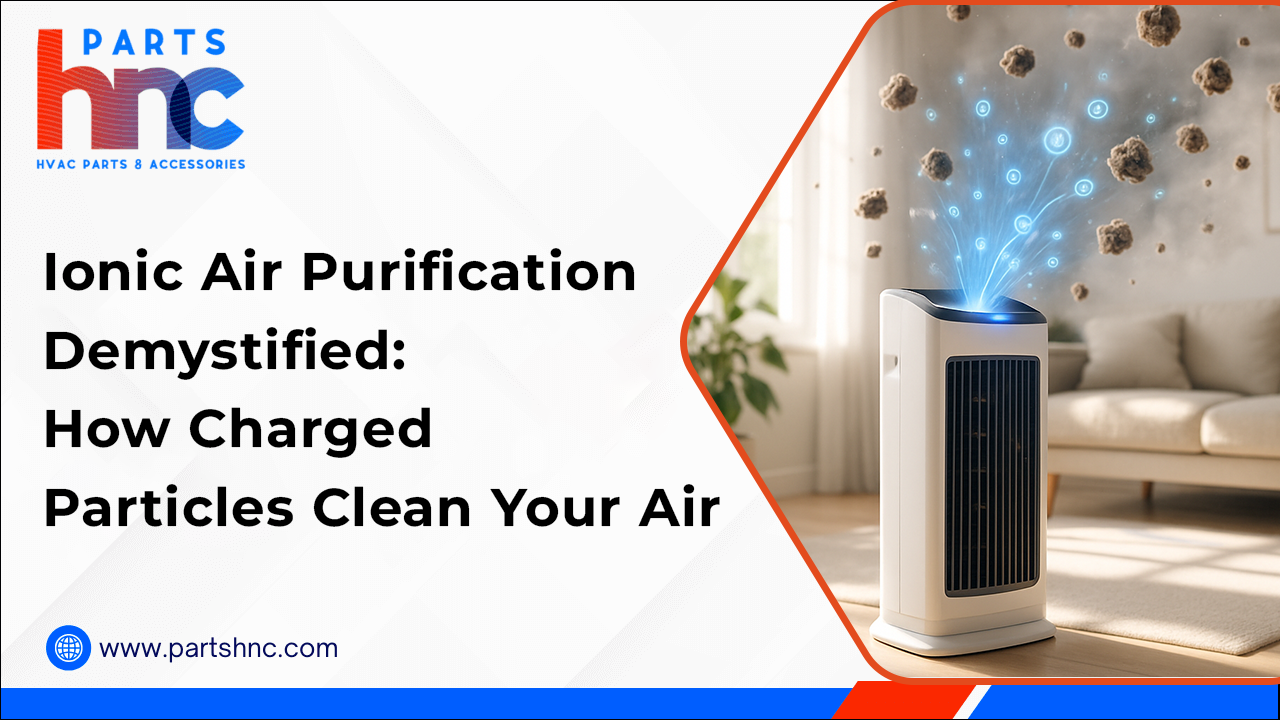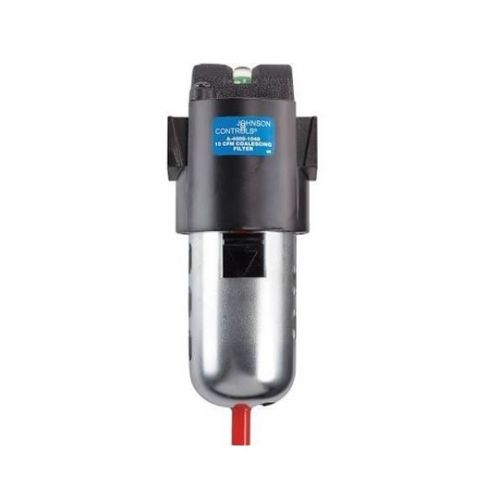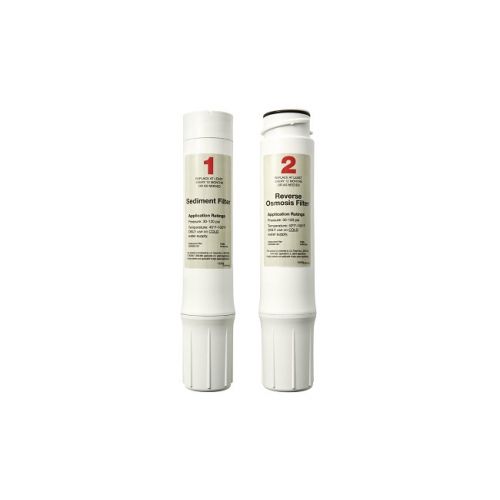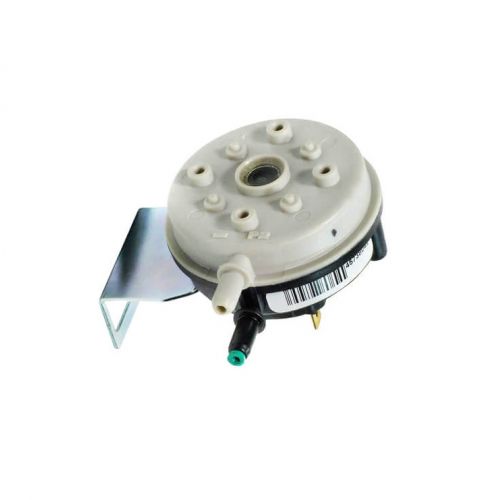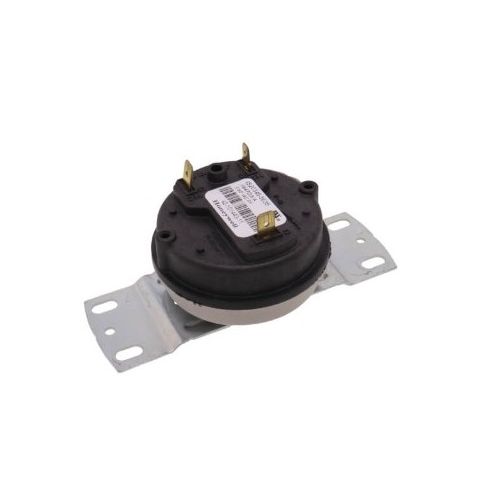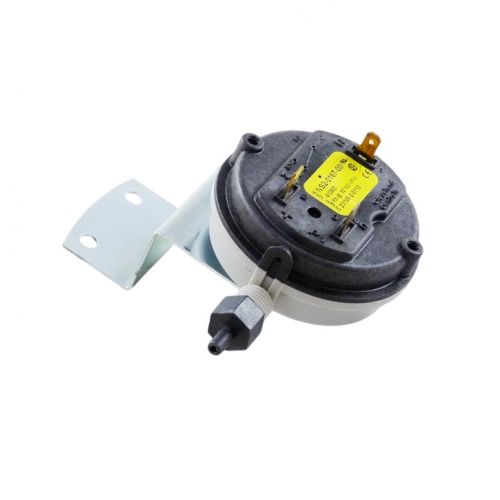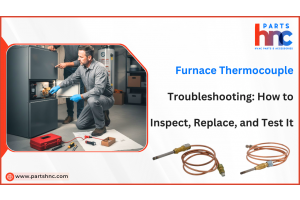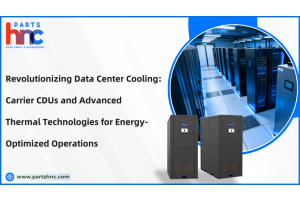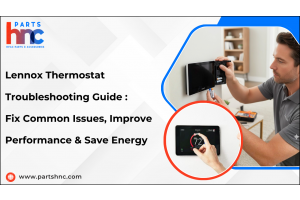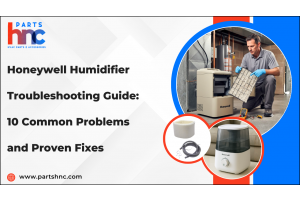Ionic Air Purification Demystified How Charged Particles Clean Your Air-PartsHnC
Indoor air pollution is a growing concern in both residential and commercial spaces, making clean air a top priority. Modern HVAC systems are key to maintaining indoor air quality, and one innovative solution gaining traction is ionic air purification. This technology releases negative ions that bind to airborne particles like dust, mold spores, allergens, and bacteria, causing them to clump together and fall from the air stream. When integrated into HVAC systems, ionic purifiers work silently and continuously, improving air quality throughout an entire building. They also reduce the strain on HVAC filters by lowering the particle load in the ductwork. In this guide, we’ll explore how ionic air purification works in HVAC systems and whether it’s the right choice for your space.
What Is Ionic Air Purification and How Do Ionic Air Purifiers Work in HVAC Systems?
Ionic air purification in HVAC systems refers to the integration of ionizing technology directly into the air handling unit or ductwork. Unlike standalone air purifiers, these systems work with your HVAC infrastructure to clean air continuously as it circulates through the building.
Ionic air purifiers generate negative ions (anions) using a component called an ionizer, often placed in the supply plenum of an HVAC system. These ions are released into the air stream, where they bind to airborne particles such as dust, smoke, pollen, and bacteria, giving them a negative electrical charge.
The process typically involves corona discharge, where high voltage is applied to a sharp electrode, ionizing oxygen molecules in the air.
Here’s How Ionic Purification Works Within an HVAC System:
-
Ion Generation: The ionizer, installed in the duct or air handler, emits negative ions into the air stream.
-
Particle Charging: As air flows through the system, these ions attach to airborne particles, charging them negatively.
-
Particle Clustering: Charged particles are attracted to each other and clump into larger, heavier masses.
-
Settling or Collection: These larger clusters either settle in ductwork, are caught by standard HVAC filters, or are removed via a collection plate if present.
-
Cleaner Air Delivery: The HVAC system circulates air with significantly fewer airborne particles throughout the building.
This process supports whole-building air purification without the need for additional filtration equipment in each room, making it a scalable and energy-efficient solution.
Check out this article on what HVAC controls are and how do they work to learn more about how HVAC systems
The Science Behind Negative Ions and Air Quality
Negative ions occur naturally in outdoor environments such as forests, waterfalls, and coastal areas, places where the air often feels clean and invigorating. When integrated into HVAC systems, negative ion generators mimic this natural process to improve indoor air quality on a much larger scale.
Here’s how negative ions benefit air quality in an HVAC-controlled environment:
-
Neutralizing Airborne Pollutants: Negative ions bind to positively charged contaminants (dust, VOCs, smoke), making them easier to remove through standard HVAC filtration or by settling in ductwork.
-
Reducing Allergens and Irritants: By clumping and removing microscopic particles from the air, ionic systems help reduce triggers for asthma, allergies, and other respiratory conditions.
-
Enhancing Mood and Well-being: Scientific studies suggest that environments rich in negative ions may elevate serotonin levels, improving mental clarity, reducing stress, and enhancing comfort, especially in office and healthcare settings.
-
Increasing Energy and Focus: Cleaner air and balanced ion levels can contribute to increased oxygen uptake, potentially boosting energy levels and concentration ideal for commercial buildings and schools.
Benefits of Ionic Air Purification in HVAC Systems
Ionic air purification in HVAC systems offers whole-building air cleaning by neutralizing pollutants through your ductwork. It improves indoor air quality, reduces system strain, and delivers long-term performance with minimal maintenance.
7 Key Benefits of Ionic air purification in HVAC systems:
-
Whole-Building Coverage: Ionic systems purify the air throughout the entire building by leveraging the existing HVAC ductwork, ensuring every room benefits from cleaner air.
-
Energy Efficiency: By reducing dust and particle buildup on HVAC components, the system can operate more efficiently, lowering energy use and utility bills.
-
Low Maintenance: Most ionizers require no filter changes and only need occasional cleaning, making them easy to maintain and cost-effective over time.
-
Silent Operation: With no fans or moving parts, ionic purifiers operate quietly inside your ducts, without adding noise to your home or workspace.
-
Extended HVAC Lifespan: Cleaner internal components reduce strain on the system, helping to prevent breakdowns and extend equipment life.
-
Enhanced Filtration Support: Ionization complements existing HEPA or MERV filters by pre-clumping particles, improving their capture rate.
-
Healthier Indoor Air: Ionic air purification helps remove allergens, odors, pathogens, and fine particles, promoting a cleaner, safer indoor environment.
-
Supporting Overall Air Freshness: Ionic purifiers also help neutralize odors from cooking, pets, or volatile organic compounds (VOCs), leaving indoor environments smelling fresher without the use of fragrances.
When installed as part of an HVAC system, ion generators continuously improve air quality in every zone of the building, providing consistent results with minimal maintenance.
How to Choose the Right Ionic Air Purifier for Your HVAC System
Selecting the right ionic air purifier involves understanding both the technical specifications and practical requirements to ensure compatibility, effectiveness, and safety. Here are real specs and factors to look for:
Ozone Emission Rate (≤ 0.05 ppm):
-
Choose models that produce ozone well below the OSHA limit of 0.1 ppm and preferably below 0.05 ppm for safe indoor air quality.
-
Verify certification from bodies like CARB or UL 867, which test ozone emissions to ensure they meet health standards.
Ion Output (Negative Ions per cm³):
-
Ion generators typically range from 1 million to 20 million ions/cm³. For residential HVAC systems, a range of 3-10 million ions/cm³ is generally effective.
-
Larger commercial spaces may require higher ion output or multiple units for adequate distribution.
Power Consumption (Watts):
-
Energy-efficient models consume between 5-20 watts, ensuring minimal impact on your HVAC energy use while running continuously.
Installation Type and Size:
-
Confirm the physical dimensions and mounting options to ensure the ionizer fits into your ductwork, air handler, or plenum without obstructing airflow.
-
Some models are inline units installed inside ducts; others attach externally near air handlers.
Maintenance Frequency and Accessibility:
-
Look for units with washable collector plates or self-cleaning features to reduce downtime.
-
Recommended cleaning intervals typically range from 3 to 6 months, depending on air quality and usage.
Compatibility with HVAC Filters:
-
Ensure the ionic purifier complements your existing filter system (MERV or HEPA). Some ionizers work best with specific filter types to maximize particle capture.
Noise Level (dB):
-
Most ionic purifiers are silent, but if the model includes fans or other moving parts, check that noise levels remain below 30 dB for quiet operation.
Warranty and Support:
-
Choose brands that offer at least a 1- to 3-year warranty and accessible customer service for technical support and replacement parts.
By considering these real-world specs and features, you can confidently select an ionic air purifier that integrates well with your HVAC system and delivers safe, efficient, and effective air purification throughout your space.
Check out this article on what are the most important parts of your HVAC systems are to learn about key HVAC parts and how they integrate to maximize performance.
Comparing Ionic Air Purification to Other HVAC Air Cleaning Technologies
When choosing the best air purification method for your HVAC system, it’s important to understand how ionic air purification stacks up against other popular technologies. Each method has unique strengths and limitations:
Ionic Air Purification:
-
How It Works: Releases negative ions that charge airborne particles, causing them to clump and settle or be captured by filters.
-
Operation: Works silently and continuously with minimal maintenance.
-
Effectiveness: Reduces fine particles, allergens, and odors without adding airflow resistance.
-
Safety Considerations: May produce low levels of ozone; choose certified ozone-safe models.
HEPA Filtration:
-
How It Works: Uses high-efficiency particulate air filters to physically trap particles as small as 0.3 microns.
-
Effectiveness: Highly effective at removing dust, pollen, mold spores, and bacteria.
-
Maintenance: Requires regular filter replacement and can increase HVAC energy consumption due to airflow resistance.
Activated Carbon Filters:
-
How It Works: Adsorb gases, odors, and volatile organic compounds (VOCs) through porous carbon material.
-
Use Case: Often paired with HEPA filters for comprehensive pollutant removal.
-
Maintenance: Needs periodic replacement as adsorption capacity diminishes over time.
UV Germicidal Irradiation (UVGI):
-
How It Works: Uses ultraviolet light to deactivate bacteria, viruses, and mold spores.
-
Effectiveness: Effective in disinfecting air, but does not remove particulate matter.
-
Installation & Maintenance: Requires careful installation and maintenance to ensure safety and effectiveness.
Each technology can complement others depending on your specific indoor air quality needs, making integrated systems a popular choice for optimal results.
Final Thoughts
Ionic air purification presents a powerful, energy-efficient, and low-maintenance solution for improving indoor air quality when integrated with HVAC systems. By harnessing the natural benefits of negative ions, these systems offer whole-building coverage that complements traditional filtration methods, reduces allergens and pollutants, and promotes a healthier indoor environment. While no single technology is a one-size-fits-all answer, understanding the strengths and limitations of ionic purification alongside other HVAC air cleaning options empowers you to make informed decisions tailored to your specific needs. Whether for homes, offices, or commercial buildings, incorporating ionic air purification can be a vital step toward cleaner, fresher air that supports both health and comfort year-round.
Looking for top-quality parts for your air purifier? PartsHnC offers replacement parts like ionizer plates, filters, and power adapters from leading brands such as Honeywell, Sharp, and Winix. Keep your air purifier running smoothly with PartsHnC’s reliable products!
FAQs
Should you use the ionizer on an air purifier?
Using the ionizer on an air purifier can help reduce airborne particles by causing them to clump and settle. However, it’s best to choose models that produce minimal or no ozone to ensure safety.
How does negative ion technology purify the air?
Negative ion technology releases charged ions that attach to airborne particles, making them heavier and causing them to settle out of the air. This process reduces airborne contaminants like dust, pollen, and smoke.
Which is better, HEPA or ionic air purifier?
HEPA filters physically trap and remove particles permanently, making them highly effective for comprehensive air cleaning. Ionic purifiers reduce airborne particles by causing them to settle, but are often best used as a complement to HEPA filtration.
What happens if you stay in a room with an ionizer?
Generally, staying in a room with a properly functioning ionizer is safe and may improve air freshness. However, prolonged exposure to ionizers that produce ozone can irritate the lungs and should be avoided.
